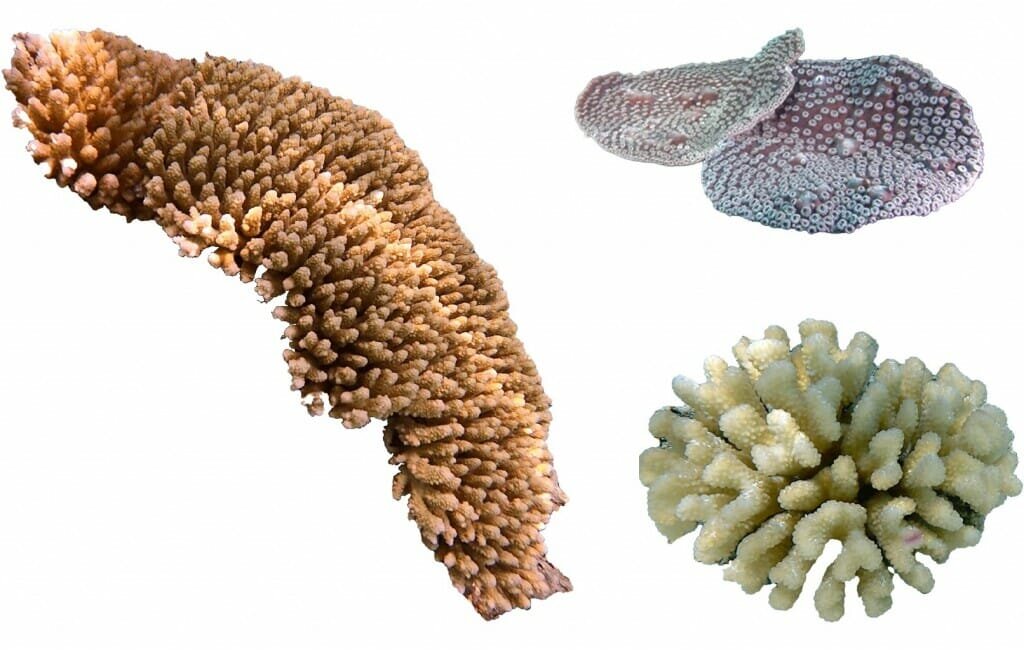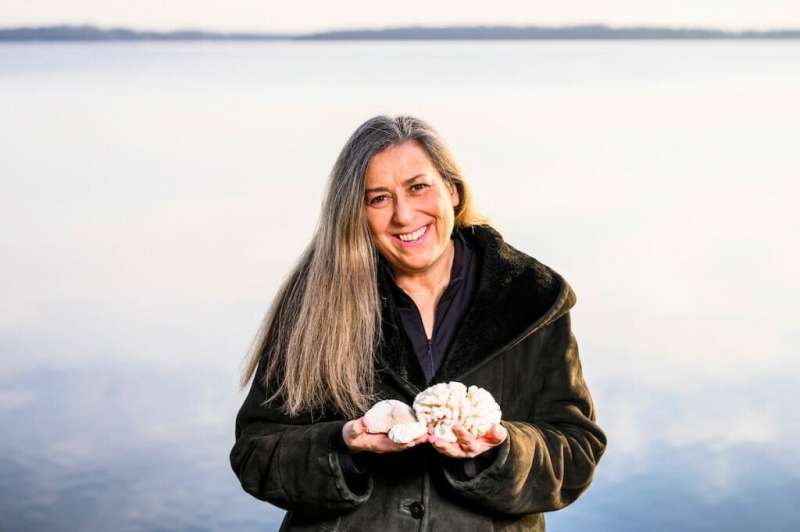

A new University of Wisconsin-Madison study has implications for predicting coral reef survival and developing strategies to fight ocean acidification.
Coral reefs make up less than one percent of the ocean floor, but they are among the most biodiverse on the planet with over a million species associated with them.
The coral species that make up these reefs are known to be different in their sensitivity to ocean acidification due to increased atmospheric carbon dioxide levels. Scientists don't know why.
The study shows that the crystallization rate of coral skeletons is related to their resilience to acidification.
Many agencies keep putting out reports in which they say that coral reefs are threatened, with no idea what to do, according to a physics professor.
Reef-forming corals are marine animals that produce a hard skeleton made up of mostly insoluble crystalline material aragonite. Aragonite forms when the calcium carbonate is deposited onto the growing skeleton.
The team looked at the components of the skeletons of the three genera of coral. They used a technique that Gilbert pioneered called PEEM, which is the most sensitive method to detect different forms of calcium carbonate.
Acropora, which is more sensitive to acidification, had a thicker band of calcium carbonate than Stylophora, which is less sensitive.

Turbinaria had a thinner precursor layer than Stylophora, suggesting it should be the most resistant to ocean acidification.
The slower the crystallization process, the thicker the band of uncrystallized minerals.
If the calcium carbonate is deposited by the living animal quickly, it will be resistant to ocean acidification, but if it is deposited slowly, it will be vulnerable.
The data analysis required to process and interpret the PEEM images is anything but simple. Millions of data points are generated by the calcium spectrum that needs to be analyzed. The data includes many decision-making points.
The team tried to automate the analysis, but it didn't work out. Humans are the best dataprocessors, according to Gilbert.
Gilbert didn't want to base conclusions on just one or two people. She hired a group of undergraduates from the Mercile J. Lee Scholars Program, which works to attract and retain talented students from underrepresented groups. A large group of decision makers were provided by this team.
The group of students became an important part of the team. When Gilbert would assign multiple students the same dataset to process in parallel and discuss at their next meeting, they met several times a week.
If multiple people come up with the same solution, that means our analysis is reliable and robust.
More information: Connor A. Schmidt et al, Faster Crystallization during Coral Skeleton Formation Correlates with Resilience to Ocean Acidification, Journal of the American Chemical Society (2022). DOI: 10.1021/jacs.1c11434 Journal information: Journal of the American Chemical Society Citation: Coral skeleton formation rate determines resilience to acidifying oceans (2022, January 27) retrieved 27 January 2022 from https://phys.org/news/2022-01-coral-skeleton-formation-resilience-acidifying.html This document is subject to copyright. Apart from any fair dealing for the purpose of private study or research, no part may be reproduced without the written permission. The content is provided for information purposes only.